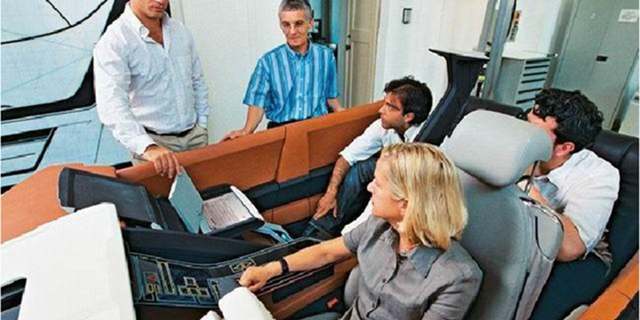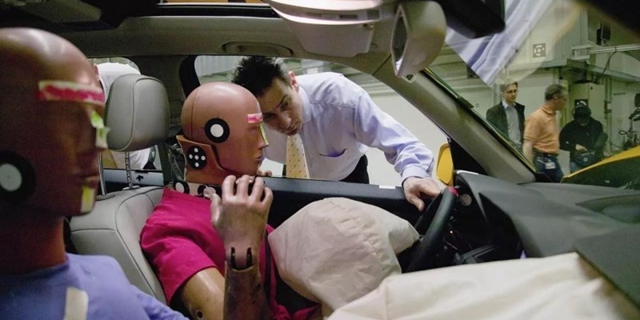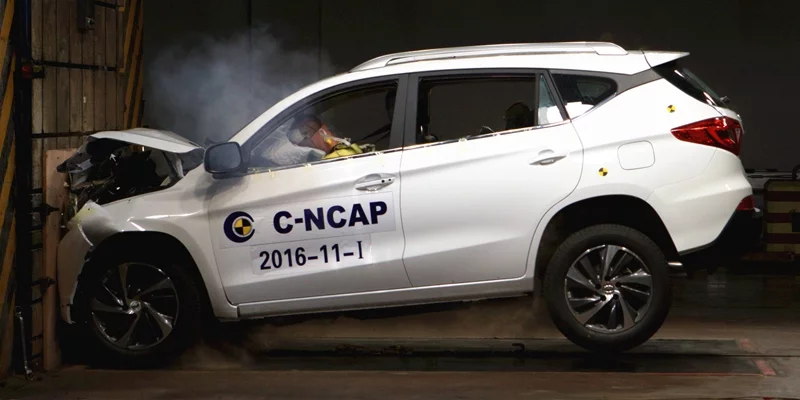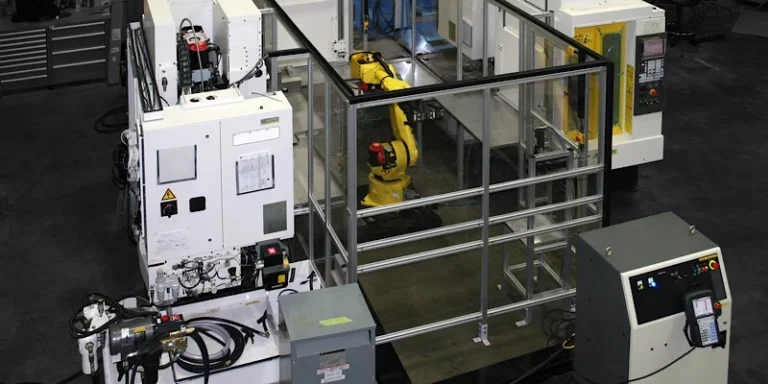Do you know how cars were developed? In your opinions, it’s possible to see a designer who is very artistic, drawing sharp lines on a sketch. Yes, but not exactly you think about.
How Automotive Development Unfolds
For an automotive engineer, the process of developing a new vehicle is a multifaceted and intricate journey. Here’s a glimpse into what it typically involves:
- Design Iterations:
- Designers tirelessly refine their concepts, often reaching the fifth version of a scale model, working through the grime and grit to perfect the aesthetics.
- Engineers continuously update digital models, sometimes reaching the 145th revision, ensuring every detail aligns with the design specifications.
- Prototyping and Review:
- Designers and engineers gather around the prototype, observing the tangible result of their efforts. They take pride in their work while critiquing elements like the headlights or the interior design.
- Road Testing:
- At the test site, engineers rigorously test the vehicle’s performance. They accelerate, decelerate, and navigate sharp turns, all the while noting any inconsistencies in noise or performance.
- Project Launch:
- Once the vehicle is ready for production, the entire team celebrates by taking a group photo with the new cars, marking the culmination of their hard work.
Developing a new car involves the collaboration of thousands of individuals working tirelessly. The automobile, one of the most complex products in human history, has a development process refined over more than a century. Major global carmakers like General Motors, Volkswagen, and Toyota have established robust development processes, which, while unique to each company, share many commonalities.
Stages of Automotive Development
- Conceptual Development:
- Model Positioning: This initial phase determines the overall appearance and style of the car.
- Design Process: Designers start with early sketches, then create small models, and finally produce a full-scale (1:1) model for leadership review. Once approved, the project moves forward.
- Product Development:
- Initial Design and Reviews: After the design is finalized through several rounds of reviews, the production of parts begins.
- Product Verification: This phase includes both component-level and vehicle-level verification to ensure everything meets the required standards.
Each of these stages is crucial in bringing a new vehicle from concept to reality, involving meticulous attention to detail and rigorous testing to ensure the final product is both functional and aesthetically pleasing.
What Is Automotive Prototype?

An automotive prototype is a sample vehicle created by automobile manufacturers during the development of new models. Its primary purpose is to undergo various evaluations and performance tests. After identifying issues with the prototype, modifications are made, and a new round of sample vehicles is produced for further testing. Typically, after several iterations of trial production and testing, the new product is refined and ready for mass production.
Rapid Manufacturing Technology For Automotive Development
Automotive development is a prime example of a process that requires small initial quantities for validation procedures. This demand presents significant challenges for parts manufacturers. When clients request a few dozen pieces, it can be difficult to fulfill these orders, leading auto suppliers to often rely on custom machining solutions. Traditional, long-lasting standard tools are expensive and not feasible for low-volume production situations. Professional rapid prototyping companies excel in quickly understanding the needs of designers and providing customized machining services to meet the requirements of small quantities or even single parts.
Automotive verification encompasses both structural and performance validation. This includes visualizing CAD digital models, conducting design evaluations, performing interference inspections, and even carrying out some functional tests using automotive prototyping methods.
Rapid prototyping and manufacturing techniques allow for the comparison of multiple designs in a short period, significantly reducing the overall development time. Before formal standard tooling for production, pre-series tooling is used for low-volume production. Methods such as silicone tooling and aluminum tooling serve as bridge tools before full-scale production.
Professional rapid prototyping companies are adept at quickly understanding the needs of designers prior to production. They typically offer customized machining services to meet the demands of small quantities or even single parts.
What Does Automotive Parts Testing Include?
An automobile is a complex electromechanical hybrid system made up of tens of thousands of parts. Auto parts testing is essential for OEMs and automotive spare parts manufacturers to quickly enhance parts performance and meet the stringent requirements for product quality and safety. Environmental reliability testing services encompass a wide range of areas, including auto parts testing, electrical performance testing, functional testing, EMC testing, materials testing, and evaluations for green environmental protection and chemical regulation compliance.

Testing the performance of parts under extreme environmental conditions is crucial for ensuring the overall durability of a vehicle. This process is typically conducted by test and calibration engineers at the vehicle manufacturing facility. Vehicle durability testing involves significant expenses, including the construction of engineering prototypes, rental of test sites, and employment of an engineering team. However, conducting extensive tests in extreme conditions such as severe cold, high temperatures, and high humidity is essential for thoroughly verifying the function, performance, and durability of components. Identifying issues early in this process can significantly reduce repair costs.
| Applications | Interior Parts | Exterior Parts Prototype | Functional parts |
| • Design Verification• 3D Data Verification• Performance Test• Reliability Test• Loading Test• limited-run trial production• Low-volume Customization• Show Vehicles• Market Study Models• Customer Evaluation | • Bumper• Grilles & Grille Covers• Emblems & Plates• Headlights• Taillights• Fog lamps• Mirror housings & Mounts• Door Handles• Spoilers & Air Dams• Trunk Lids• Chrome trim• Fenders & Fender Liners | • Bumper• Grilles & Grille Covers• Emblems & Plates• Headlights• Taillights• Fog lamps• Housings & Mounts• Door Handles• Spoilers & Air Dams• Trunk Lids• Chrome trim• Fenders & Fender | • Air components• Air filter housing• Engine cover• Shifting device lid• Battery components |





